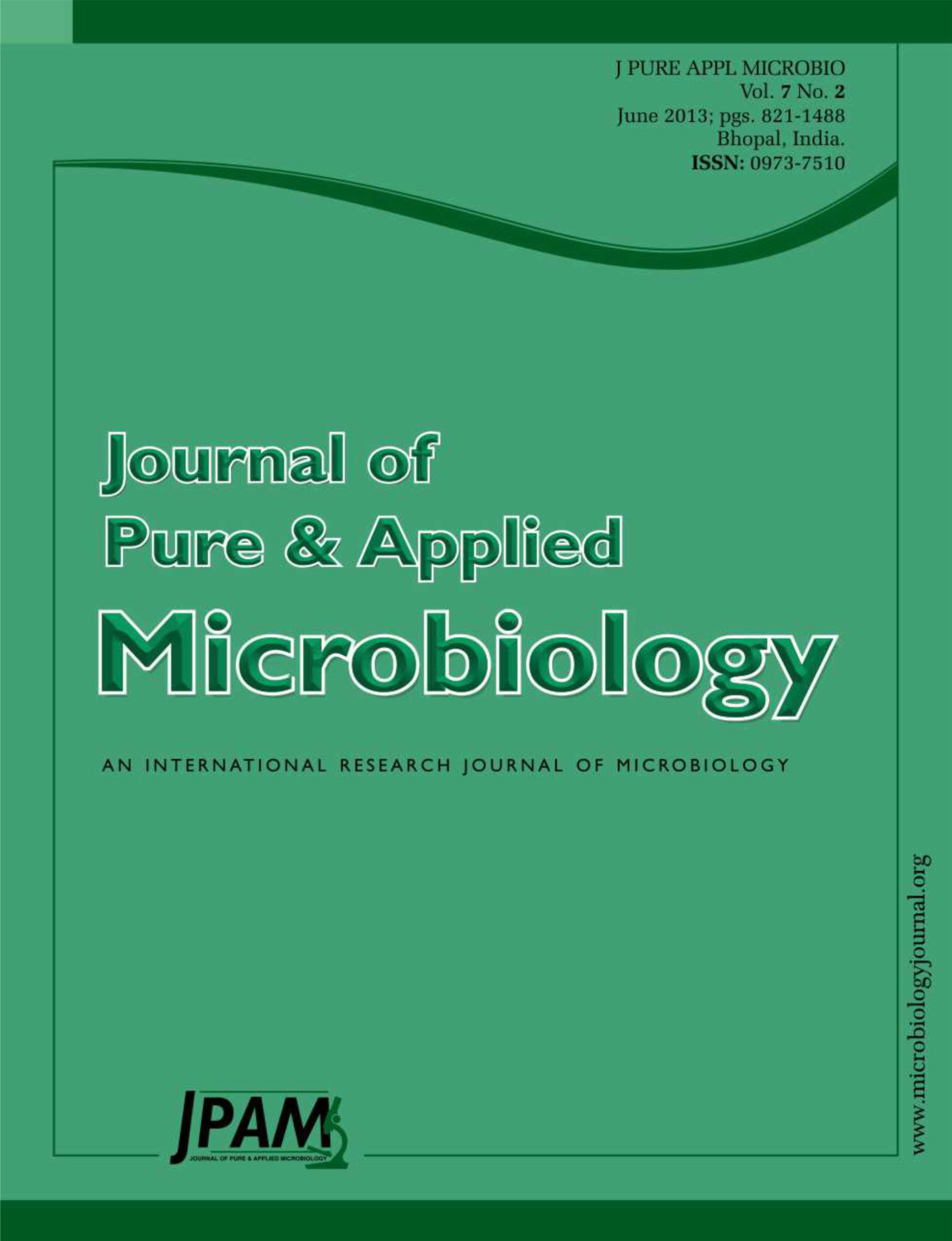The cellular response against high temperatures and nutrient depletion might be essential regulatory feature among all organisms. Present study was designed to examine the growth and physiology of Escherichia coli at different temperatures in our laboratory condition. Patching and spot tests were carried out and the effect of different temperatures (25 °C, 30 °C, 37 °C, and 45 °C) on the growth of E. coli in different media varying in nutrients was studied. The results showed that growth of E. coli was inhibited at 45 °C and the normal phenotypic colony characteristics were disabled. Also, it was observed that, in comparison to the nutrient agar media, Luria-Bertani (LB) agar media and the minimal agar (MM) media suppressed the bacterial growth. Growths in the liquid media were in consistence. Present study revealed that the growth of laboratory strain of E. coli declined with the increase in temperature. Such an inhibition might an impact on the isolates to be viable but nonculturable (VBNC).
Escherichia coli, heat stress, growth, magnesium chloride, outer-membrane porin
© The Author(s) 2014. Open Access. This article is distributed under the terms of the Creative Commons Attribution 4.0 International License which permits unrestricted use, sharing, distribution, and reproduction in any medium, provided you give appropriate credit to the original author(s) and the source, provide a link to the Creative Commons license, and indicate if changes were made.


